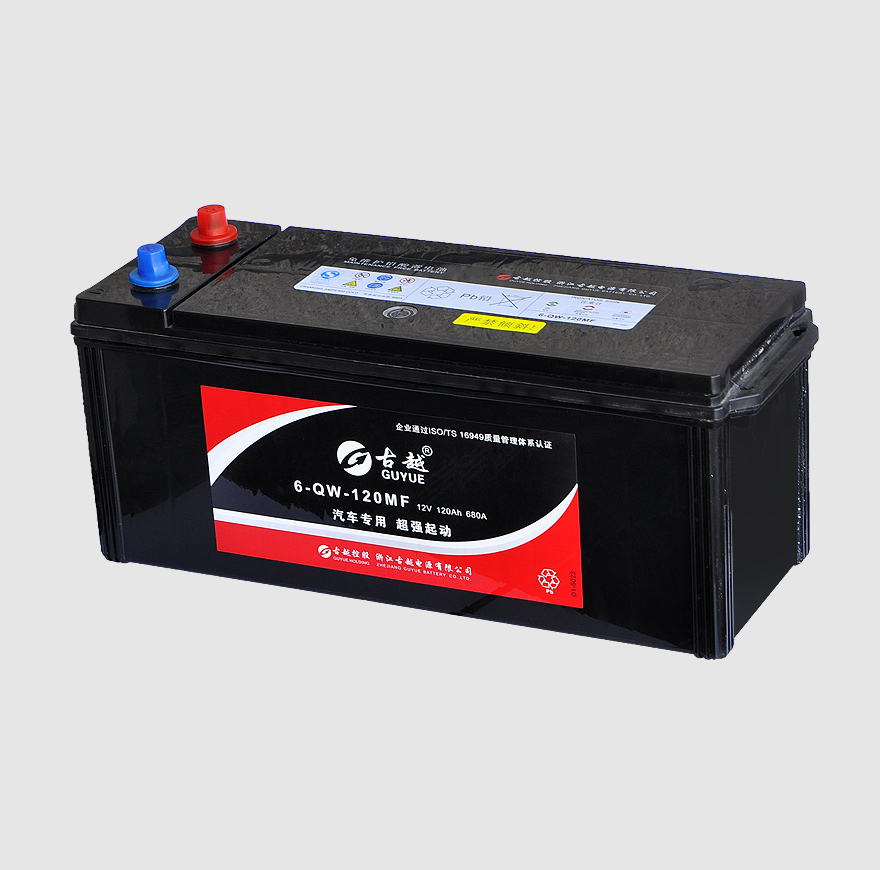

Whether in personal life or professional life, we have […]
Whether in personal life or professional life, we have experienced the terrible moment that the car battery has run out, or as the British say "insufficient power". In our personal lives, this situation is mainly annoying, but it is a completely different story in our careers, especially for those who play a key role in the fields of public safety, utilities, trailers, etc. workers.
Despite the vital nature of work such as public safety, it will never surprise me. There are more and more common used batteries. In many cases, these used batteries can be simply painted with chalk to maintain the terminals, replace them, and have poor belt tension. Other causes are phantom currents caused by the constant consumption of battery power by countless electronic devices, even when the switch is turned off. Another main reason for flat batteries is that technicians will exceed the prescribed load and do not understand that the vehicle's charging capacity will never be constant.
In addition to proper vehicle maintenance to prevent battery drain, another good way to mitigate the problem is to use auxiliary batteries. It is especially recommended to use auxiliary batteries in tasks that require long-term operation of electronic equipment in a shutdown state, such as emergency management, bait vehicles, descent vehicles, and reconnaissance vehicles. No matter what task you perform, you should connect the in-vehicle electronic device to the auxiliary battery, so that the vehicle's starting battery can be used normally. As a result, the service life of the start-up battery often lasts for several years, and if the start-up battery fails, the auxiliary battery can play a dual role by providing emergency power.
In order to make full use of the auxiliary battery and ensure the safety of the operator, you should consider some simple things and suggest all items that should be included in the installation.
1. Battery isolator
Perhaps the most important item required for the auxiliary battery system is the battery isolator. The isolator allows the auxiliary battery to receive charge from the vehicle's electrical system, but as the name suggests, the isolator can isolate and prevent current backflow and auxiliary battery depletion. Advanced battery isolators also enable operators to manually override isolation and assist in emergency startup.
2. Fuses
When an auxiliary battery system is added, new circuits are created, and in some cases (for example, monitoring cars), many sub-circuits are also created. Uncompromisingly, whenever new circuits are added, appropriate fuses need to be installed. For auxiliary battery systems, I usually recommend using a main fuse or limit fuse between the auxiliary battery and the vehicle electrical system. In addition, any sub-circuits derived from auxiliary batteries should have their own dedicated fuses. The size of the fuse depends on the total load or in other words, it will depend on the amperage requirements and potential use of the new circuit. For example, an auxiliary system designed to support electronic equipment worth 40 amps and potential emergency trip activation may use a 150 amp limiter fuse and a separate 50 amp fuse on the subcircuit.
3. Wiring
Like a fuse, the size of the wiring depends on the total load and the potential use in the future. Like a fuse, if the wiring is too small, it will simply burn out, but in this case, it will pose a serious safety hazard. It should be noted that the larger the wire diameter (wire gauge, AWG), the better.
4. Battery
The ideal battery type to meet the needs of various tasks is the SLA battery (sealed lead acid). SLA batteries are anti-vibration, can be installed in any direction, can withstand extreme temperatures, and provide a longer energy storage period. When it comes to battery size, there are many options to choose from. It depends on the usage. Like wiring, it is necessary to obtain the largest possible size or to accommodate the storage space of the vehicle as much as possible. The larger the size, the longer the operation will be supported when the engine is turned off, and it will provide better emergency start power. For reference, the rated current of an SLA battery is ampere hours (aH), which indicates the current intensity it can provide within one hour before it is exhausted. An excellent battery that can be considered initially to meet the needs of many applications is the 60aH battery.
Regardless of the choice of SLA's aH level, I strongly recommend buying the battery with the highest maximum discharge rate, especially if there is a potential emergency trip start function. A battery with a maximum discharge rate of 300 amps or higher is a good choice. Based on experience, SLA batteries with nut and bolt terminals usually have the ideal discharge rate for safe jump start.
Another battery type worth considering is the deep cycle marine battery because of its large capacity and ability to withstand high levels of consumption. However, marine batteries are usually larger and do not withstand shocks and abnormal orientation like SLA batteries. An obvious exception to the marine battery specifications are those provided by Optima, which are more robust and easier to handle harsh public safety driving.
5. Location
When placing the auxiliary battery system, it can be placed almost anywhere that meets the needs of the task. With some exceptions, I recommend avoiding placing the gear in the engine compartment due to overheating and of course insufficient space. The most likely place for a sedan is the luggage compartment, and it may be under the rear seats. For trucks with limited cargo space, you should consider installing the toolbox on the bed. Wherever the system is installed, extra care should be taken to ensure that the battery is securely secured to prevent spills, short circuits and heavy projectiles in the event of an accident.
6. Difficulties
According to my estimation, it is easier to install the auxiliary battery system than the car stereo system. However, as mentioned earlier, there are serious risks if not handled properly. The whole purpose of the auxiliary system is to avoid risks and provide excellent mission capabilities. Therefore, I do recommend that you have at least basic automotive electrical skills and mechanical capabilities before carrying out such an installation, because there is no doubt that minor changes to the vehicle will be required.
7. Cost
The initial cost of a fully equipped auxiliary battery system should be approximately $600.00. If these benefits are considered as factors, such as eliminating the costs associated with emergency startups, replacing batteries early, equipment failures due to low and high voltages, and new functions that can operate electronic devices without engine power, the net cost may soon be It’s $0.00.




















